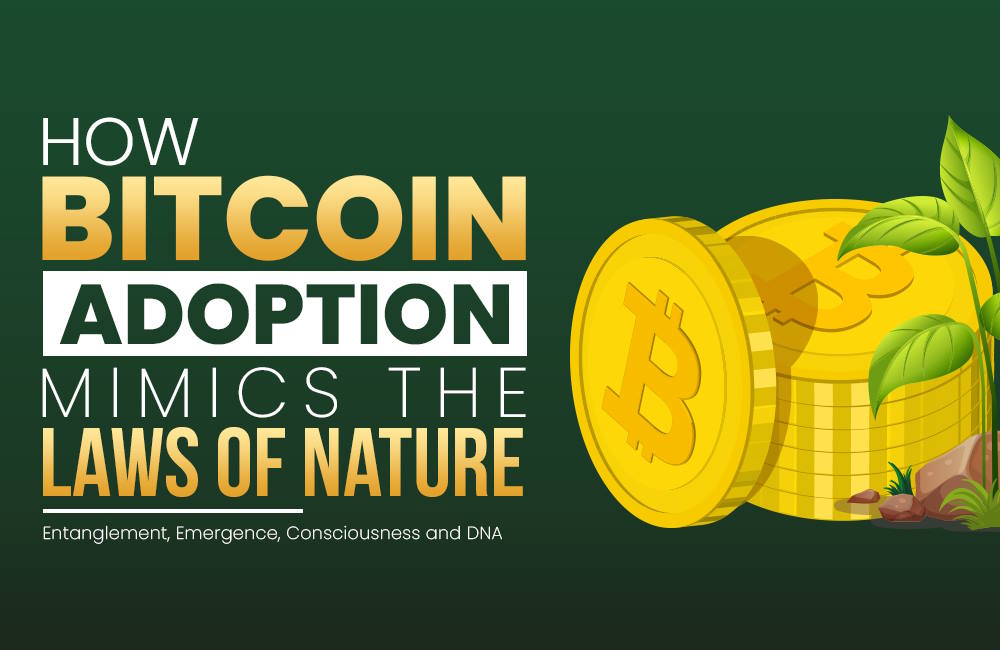
What we're talking about:
Proof of Work vs. Proof of Stake
One of the most heated debates in the world of Bitcoin and cryptocurrencies revolves around consensus. Why can’t we agree on how to agree?
Bitcoin’s proof-of-work (PoW) consensus mechanism set the standard when it launched in 2009, but proof-of-stake (PoS) blockchains have since become increasingly popular. Neither type of consensus mechanism is perfect, with both types having their advantages and disadvantages.
How Blockchains Agree
Decentralized cryptocurrencies operate autonomously thanks to their networked computers being able to agree on the validity of transactions. Just as voting between humans can take on different forms, a consensus mechanism can vary from chain to chain. Essentially it boils down to making a decision, like friends at a party choosing between ordering takeout or dining at a restaurant.
Let’s imagine two scenarios. Option A has each partygoer work on a Sudoku puzzle, the first one to finish gets to choose where to eat. Option B has each partygoer look through their wallet to see how much cash they have to spend on dinner, with the richest contributor getting to choose.
Option A is analogous to PoW, as the decision maker is chosen on the basis of their effort. Option B is analogous to PoS, where the decision maker is chosen on the basis of their capital. If these were blockchains, the chosen parties wouldn’t be choosing where to eat, they’d be network nodes recording the next batch of transactions to go on the ledger.
A consensus mechanism is the governing set of rules that defines how decisions are made when recording transactions on a blockchain. With billions of dollars at stake in these systems, it’s easy to see how FUD surrounding a consensus mechanism can sometimes lead to drastic investor behavior.
Blockchain Security
Going back to our partygoers, it wouldn’t be a fair voting system if the smartest person won the Sudoku puzzle every single time. Nor would it be fair if the richest partygoer always decided what to eat. Blockchains introduce a certain level of difficulty and randomness to keep bad actors from using their computing power or riches to manipulate consensus.
- PoW requires miners to solve complex puzzles and takes up lots of time and energy. As the network scales, the puzzles get harder to crack, avoiding manipulation due to sudden increases in computing power. This built-in feature is known as the difficulty adjustment, and in the case of Bitcoin, keeps block production times to approximately 10 minutes. The PoW difficulty adjustment makes it incredibly expensive to attack the network, as a bad actor would need to control 51% of the total computing power.
- PoS features, such as staking rewards, vary greatly from chain to chain but generally speaking the consensus mechanism does not require extensive hardware deployment. Instead, PoS chains require transaction validators to lock up their coins in a process known as staking. These validators have skin in the game as any misbehavior can lead to their assets being confiscated or “slashed”. To avoid scenarios such as the rich partygoer making all the food decisions, PoS blockchains introduce an element of mathematic randomness to distribute the validation procedure more evenly. That being said, pools with larger amounts of capital will inevitably be chosen to validate more often.
Centralization of Power
The more independent computers operating in a decentralized network, the more robust the security model of the system. A blockchain’s perceived level of decentralization is yet another source of FUD that often spills out of internet chat rooms and frenzied Twitter threads.
- In theory, centralization is not an issue with PoW, especially for chains such as Bitcoin that emitted their coins in a fair launch, whereby anybody was free to spin up a node and mine their own coins. In reality, advanced hardware and rising costs price the majority of hobby miners out of the game, leaving a significant amount of market share to be dominated by larger players. Not all PoW chains are made equal, but the dedicated ASIC (application-specific integrated circuit) hardware required for competitive Bitcoin mining is well beyond the reach of most household budgets.
- PoS chains on the other hand almost always launch with a pre-mine, where tokens are allocated (either immediately or through a vesting schedule) to founders and investors. This is in stark contrast to the properties of a fair launch and brings inherent centralization concerns. Add to this the various on-chain governance protocols that can be manipulated through the voting weight of staked coins or the ease of movement of capital between pools (compared to moving a large mining operation) and it’s easy to see where the FUD comes from.
Blockchain Energy Usage
It is impossible to read about cryptocurrencies these days without seeing something negative about their environmental impact. Energy usage is however a very nuanced topic, and slapping numbers on top of machines does not always paint the clearest picture.
- PoW is certainly no angel in the energy debate. The energy used by the Bitcoin network alone is similar to that of certain nation states. It’s easy to write this off as wasted energy, but when you consider the list of positive effects that Bitcoin sovereignty brings to society, it becomes easier to argue for its use when compared to applications like air-conditioning systems, video streaming platforms, Christmas tree lighting or even the current fiat banking system. One can also flip the script entirely and consider Bitcoin mining as a method of bootstrapping innovation, such as building river dams in remote areas, or sucking up surplus energy in power plants. Regardless of the pros and cons of its energy usage, PoW machinery becomes obsolete quickly and only adds to the planet’s growing electronic waste problem; a problem that is shared across all industries.
- When it comes to PoS energy consumption, there is little argument to be had as there is a night and day difference. This was clearly demonstrated when Ethereum’s merge led to a 99% overnight drop in carbon emissions.
Let’s Agree on One Thing
Bitcoin, cryptocurrencies, blockchain, mining, staking, etc. are all innovations that aim to better the lives of people around the world and bring fairness and transparency to an outdated financial system. However, people can easily get lost in the aggressive marketing of these projects and tend to get carried away in a form of cyber tribalism.
If you find yourself rooting for one blockchain over the other like a raging sports fan, take a moment to zoom out and think about why we need these systems in the first place. In-house fighting will simply lead to no projects gaining adoption. Instead, would it not be better to respect each other’s innovation and let individual designs find their own product market fit?
What we're talking about:







